Indian films came of age in the ’50s. The yoke of slavery had just been lifted and the Indian filmmakers were itching to showcase their talent to the world. This was the decade where Raj Kapoor captured the ethos of socialism brilliantly in films like Awara and Shree 420, making a name for himself in Soviet Bloc countries. This was when Guru Dutt made films like Pyaasa and Kaagaz Ke Phool, which are still being taught in film schools worldwide. This was the era when Dilip Kumar-Raj Kapoor-Dev Anand ruled like demigods. When each of their offering was lapped up by the masses like manna from heaven. People swooned when they caught sight of popular stars and their affairs were discussed like family lore…
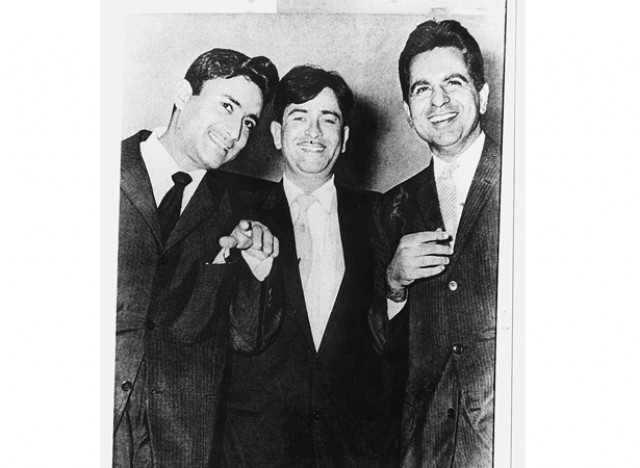
The Dilip-Raj-Dev troika
Ashok Kumar ruled the roost in the ’40s and can be said to be our first superstar. But young guns Dilip Kumar, Dev Anand and Raj Kapoor, who began their careers in the latter half of the ’40s, established themselves as the new stars in the pecking order in the ‘50s. Each had a distinct style. Dilip Kumar invested in method acting. As a result did only one or two films a year – he’s done only 61 films till date. Raj Kapoor saw himself as an Indian echo of Charlie Chaplin and bee-lined for roles, which highlighted the social blights of the youth. Dev Anand chose to be the stylised Western hero and much like the stars of today, was looked upon as a fashion icon. The trio ruled for almost two decades; only the arrival of the Rajesh Khanna in the ’70s shook them from their superstar status.
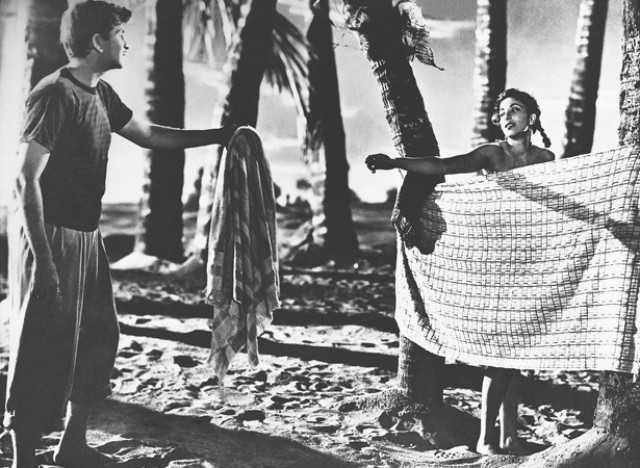
Raj Kapoor-Nargis Passion unbridled
Raj Kapoor-Nargis can be said to be the numero uno couple of Hindi cinema. She was his muse and he the paramour. Such was her devotion to him that she shook off a promising career and pledged herself wholeheartedly to his vision and his craft. There were reports that she even painted background murals on the sets of RK Studio in her spare time. They did 16 films together, including the iconic Awara and Shree 420, most of which proved successful. But Raj Kapoor’s married status proved to be the sty in their alleged relationship. They drifted apart after Chori Chori (1956). Nargis symbolically appeared in the last scene of Jaagte Raho, where she finally quenches the tramp’s (Raj Kapoor) thirst. That haunting image said more about their troubled association than tomes written on it…
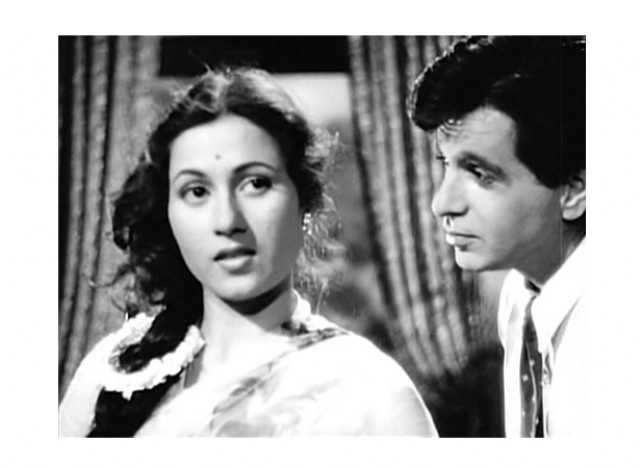
Madhubala-Dilip Kumar heartbreak
Dilip Kumar and the beautiful Madhubala fell in love off-screen while they were romancing on screen in Tarana (1951).Fearful that Dilip would steal away his breadwinner, Madhubala’s father, Ataullah Khan, allegedly refused to let her go on location for the shooting of Naya Daur (1957). This led to two messy outcomes, the couple’s dirty laundry being aired in court, and an uncomfortable decade-long shoot of Mughal-e-Azam (1960), during which the ex-lovers remained estranged.
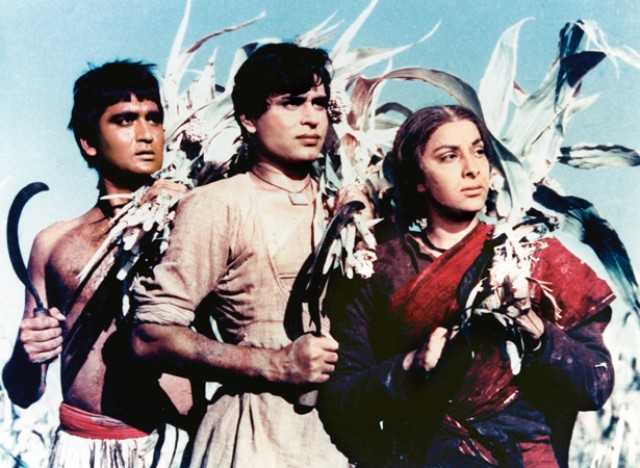
Mother India goes global
Mother India (1957) was the first Indian film to be nominated for an Oscar. It was our first worldwide hit, what with successful screenings in Europe, America and Russia. Nargis, played Radha, who, despite poverty and social injustice, remains a strong woman and an even stronger mother. She became the prototype of the ‘ideal mother’ in cinema down the years.
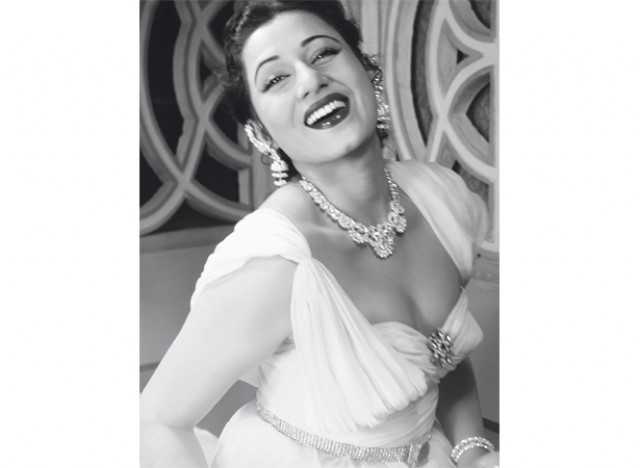
Hollywood desires Madhubala
In 1951, celebrity photographer James Burke came to India to shoot a mesmerising session with Madhubala for Life magazine. Theatre Arts magazine in the August 1952 issue, featured her as, “The Biggest Star in the World - and she’s not in Beverly Hills”. Hollywood biggies clamoured to cast her. Filmmaker Frank Capra, besotted by her beauty, tried to cast her when he visited Mumbai for a film festival. But allegedly her father Attaullah Khan refused all the offers.

Naya Daur imbroglio
BR Chopra surprised everyone, including his leading lady Madhubala, when he sued her for reneging the contract for Naya Daur (1957). Her father Ataullah Khan had objected to her going for an extended outdoor shoot with Dilip Kumar. And while Dilip Kumar witnessed against Ataullah Khan, he also ended up confessing his love for Madhubala in the courtroom. The news made banner headlines… but ended their relationship.
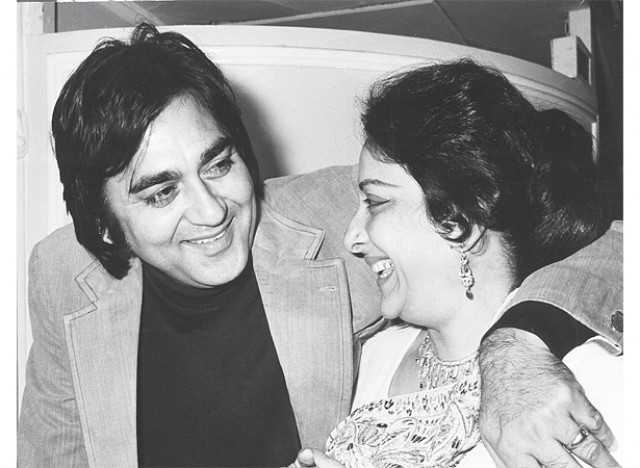
Nargis-Sunil Dutt: A trial by fire
Sunil Dutt used to be an RJ for Radio Ceylon and apparently wanted to interview his favourite actress Nargis on his show. Story goes that the session was cancelled as he could not utter a single word to her. But as luck would have it, being quick on his feet and wits he rescued her from the fire on the set of Mother India (1957). Romance soon blossomed between the two and they got married. The news of the marriage was kept hidden till the release of the film. Sunil played her wayward son in the film. Director Mehboob Khan didn’t want to take a risk with her image.
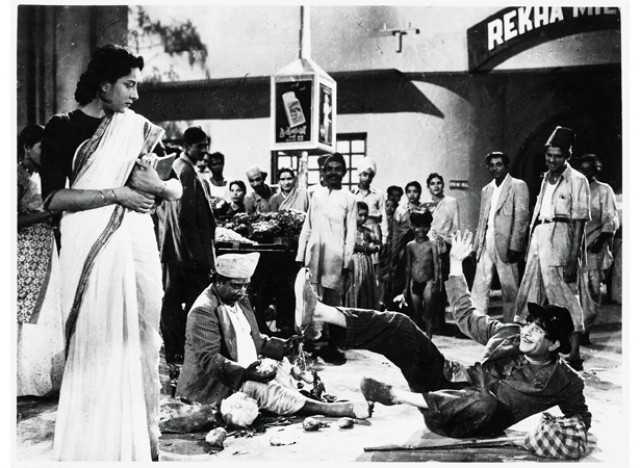
Raju – a star in Soviet Russia!
Director/actor Raj Kapoor made Indian films popular outside the country’s borders in the 1950s. He became a star in Soviet Russia, China and other communist countries with his films, especially Awara (The Tramp), which was sympathetic to the underdog.
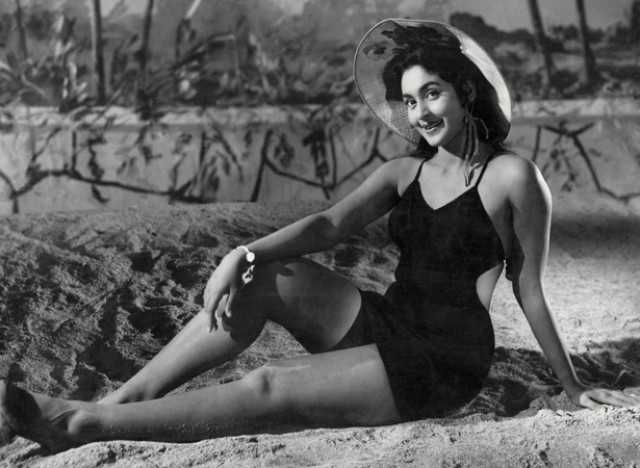
Nutan stuns in a swimsuit
Nutan was known as this straight-laced Sati Savitri sort of a heroine. But she made eyeballs pop out when she appeared in a swimsuit in Dilli Ka Thug (1958). The filmmaker justified this by casting her as a diving champ. We must add that Nutan had attended a Swiss finishing school, so wasn’t new to swim gear and wore it with the same aplomb as she pleated her sarees.
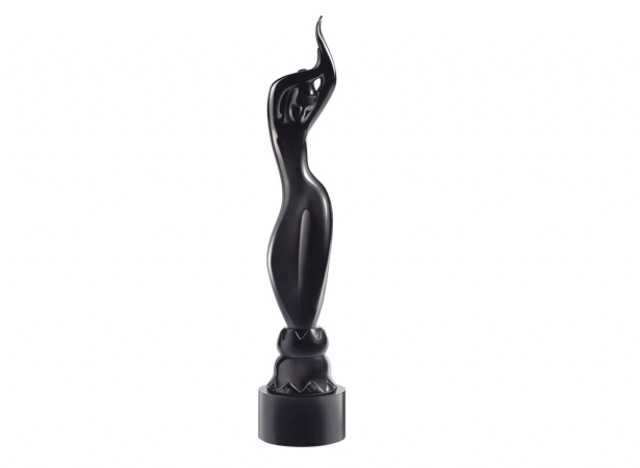
The Black Beauty arrives
Filmfare Started its eponymous awards in 1953, just a year after the magazine began its innings. Best Film, Director, Actor, Actress and Music Director were the only categories in the inaugural year. It was a never-seen-before move – even the National Awards were launched only a year later. The Filmfare Awards created such a buzz that filmmakers and artistes alike petitioned for the inclusion of more categories. Hence five more categores were added next year. The categories have blossomed to around 30 plus at present.
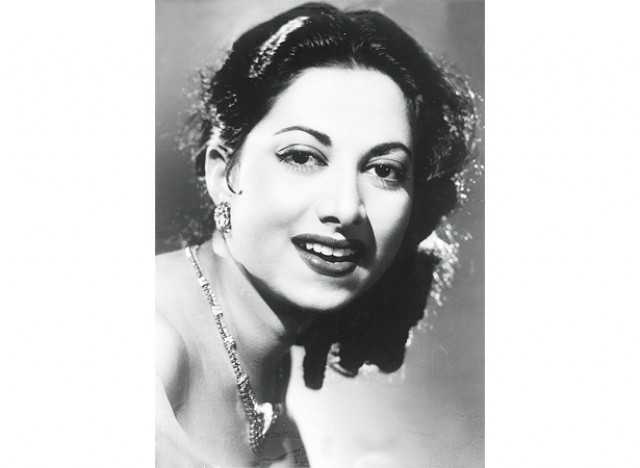
Dev Anand-Suraiya unrequited love
The singing sensation Suraiya was smitten by Hollywood icon Gregory Peck. However, he was thousands of miles away. Dev Anand, who was besotted by the beauty, went the distance and styled himself on Suraiya’s fantasy. He even proposed to her with a diamond ring. But she was a Muslim and he, a Hindu. Religious differences and Suraiya’s grandmother allegedly kept them apart.
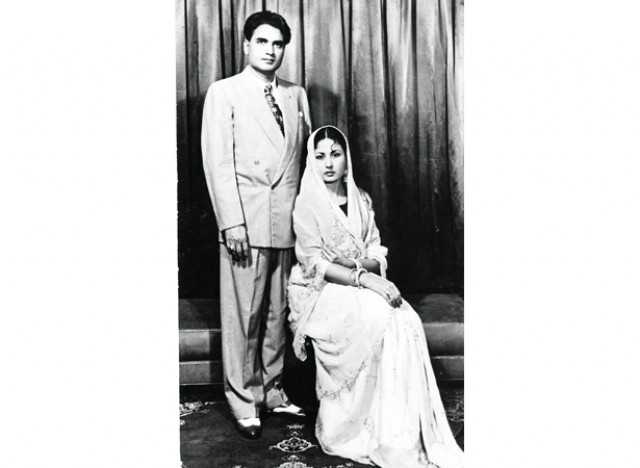
Meena Kumari: marriage or mirage?
Meena Kumari was a reckoning force when she married filmmaker Kamal Amrohi. He was more than 20 years older to her and already married with children. A young Meena, who took to his children, enjoyed the bliss of marriage initially. However, Amrohi’s dwindling career and growing insecurities with regards to his young wife who was also a top heroine, allegedly marred the union. Her choice of films reflected her disillusionment. She took on tragic characters – her choti bahu from Sahib, Biwi Aur Ghulam mirrored her own angst as a pining wife. Reportedly, she took to drink and sought emotional solace in a string of relationships. The couple divorced only to get together to complete Pakeezah. The film that took more than a decade to complete was released in 1972. Meena Kumari died weeks after the film was released. The film, which had been declared a flop on release, became a success overnight.
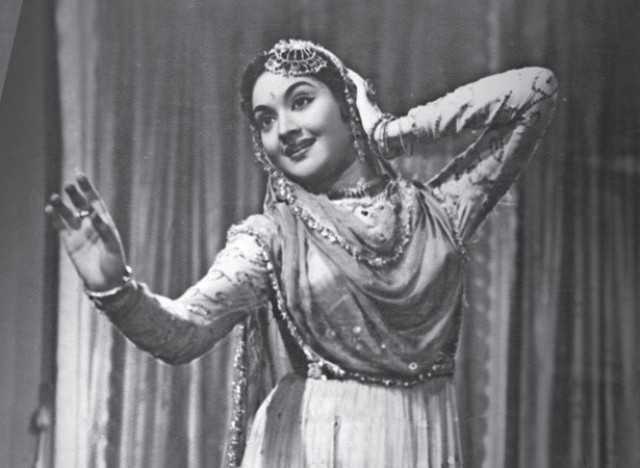
Vyjayanthimala refuses the Filmfare Best Supporting Actor Award for Devdas
Chandramukhi, the courtesan who tries to reform Devdas and is changed through love herself, was played to perfection by the dancing sensation from South, Vyajayanthimala. She felt hers was a parallel role to that of Paro (played by Suchitra Sen) and famously refused to accepted the Filmfare Best Supporting Actor Award for her role. Perhaps she was making a statement that she was a star in her own right and not someone who played second fiddle to the heroine.
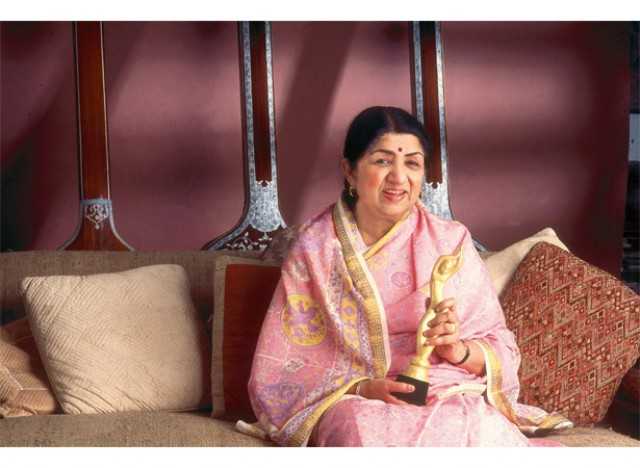
The Nightingale Rules
Aayega aanewaala from Mahal (1949) made people take notice of her. Soon, Lata Mangeshkar became the queen of playback in the ’50s, with back to back hits like Barsaat (1949), Deedar (1951), Baiju Bawra (1952), Aah (1953), Shree 420 (1955), Amar (1954), Uran Khatola (1955), Chori Chori (1956), Mother India (1957) and Madhumati (1958). It helped that her rival, Noorjehan, had migrated to Pakistan and Geeta Dutt’s career was on the decline. Till the ’90s, she was the first choice of composers ranging from SD Burman to Ram-Laxman. Such is her popularity that the Peddar Road flyover was allegedly stalled because the Nightingale threatened to shift to Pune.
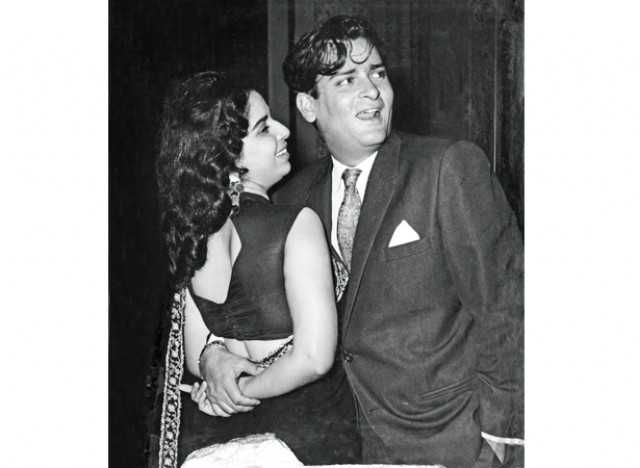
Shammi Kappoor - Geeta Bali: midnight pheras
She was a senior well-established actress while he was reeling under a string of flops. Sparks flew and before anyone knew it, the duo got married at a quiet ceremony at Banganga temple at midnight. Theirs was a happy marriage. His luck changed soon after. Following the birth of a son and a daughter their world looked complete. But Geeta contacted small pox and never recovered. It was the end of a dream.
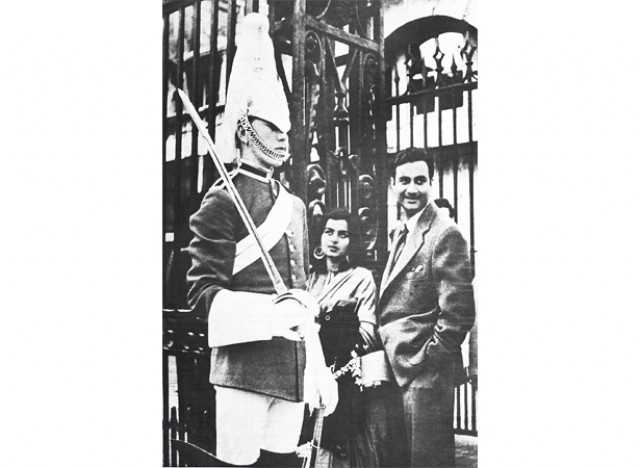
Dev Anand-Kalpana marriage ‘at work’
Dev Anand was shattered after his ruptured romance with Suraiya. The nation was mourning his loss but the dapper star surprised them all by going for a hush-hush wedding with co-star Kalpana Kartik on the set of Taxi Driver (1954). It was the most spontaneous thing ever done by a star (just married Kamal Haasan landing at the Filmfare function with first wife Vani Ganpathy in tow comes close) and made them the toast of the press and the masses alike.
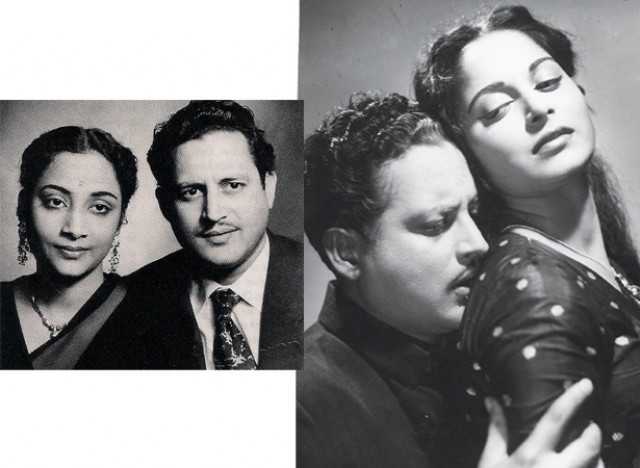
Guru Dutt-Geeta Roy-Waheeda Rahman:a tragic triangle
Guru Dutt and Geeta Roy’s marriage fell out of tune when rumours alleged his growing proximity with muse and actress Waheeda Rehman. All three creative people but victims of circumstance! Guru Dutt’s personal angst was reflected in his films. His characters were always lost souls, who felt cheated by the vagaries of the world. A crumbling marriage, a professional break-up with Waheeda and disillusionment with his career, allegedly resulted in him committing suicide at the age of 39. Cinema lost a connoisseur, a craftsman.
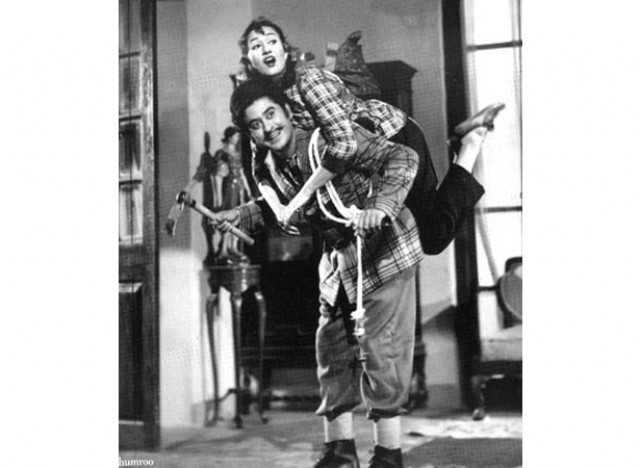
Madhubala-Kishore: A knotty affair
Theirs was a classic case of love on the rebound. Madhubala had a public rift with Dilip Kumar and when Kishore Kumar pressed his suit, he found her receptive. Sadly, after the duo laughed all the way to the altar, life took a tragic turn. Madhubala had a hole in the heart which couldn’t be cured. Kishore even flew her to London to treat it but no avail. Madhubala remained bedridden for a number of years till she finally succumbed to her death in 1967.
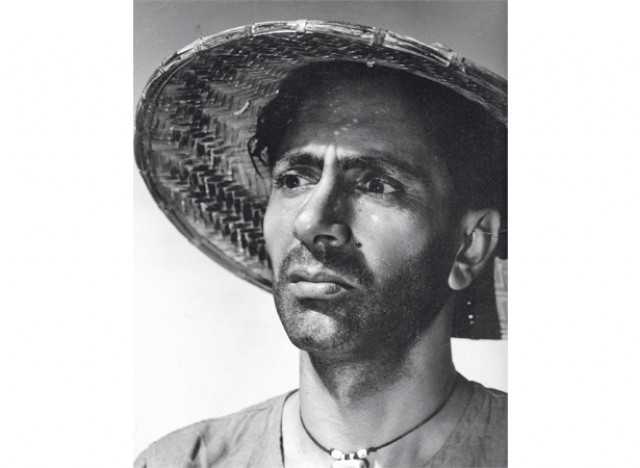
Do Bigha Zamin: Stark and Real
Bimal Roy was influenced by Italian neo-classicism, especially De Sica’s Bicycle Thieves (1948) to make Do Bigha Zamin (1953) about the plight of farmers who mortgage their land and then slave away to repay the money. It’s said Balraj Sahni befriended rickshaw pullers and spent time on the streets of Kolkata plying people around to get into the skin of his character. The efforts bore fruit and the film won a Special Mention at Cannes (1954). It was the winner of the Special Progress Award at Karlovy Vary film festival and got the Best Film and Best Director awards at the very first Filmfare awards too.
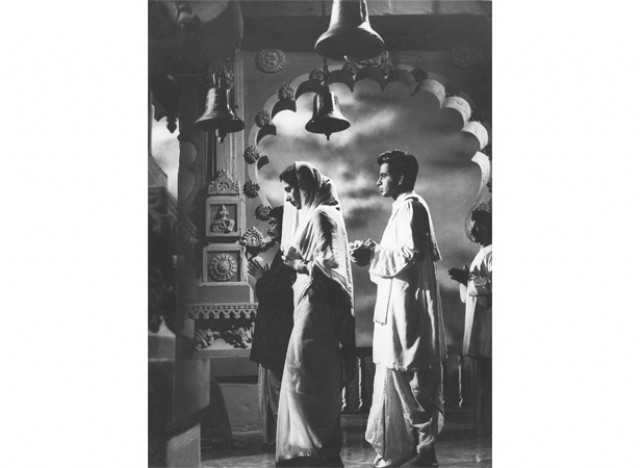
Folk and classical make way in film music
Indian composers were rediscovering their roots with a vengeance after Independence. SD Burman brought in lot of Baul (music of wandering minstrels) and Bhatiali (music of fishermen), as also Rabindra Sangeet and other Indian classical influences in his creations. OP Nayyar too fiddled with Punjabi folk while Madan Mohan teased out tunes from intricate raagas. Dholak, flute, harmonium and sitar were the key ingredients. The classical notes were distilled and made approachable for the common man.